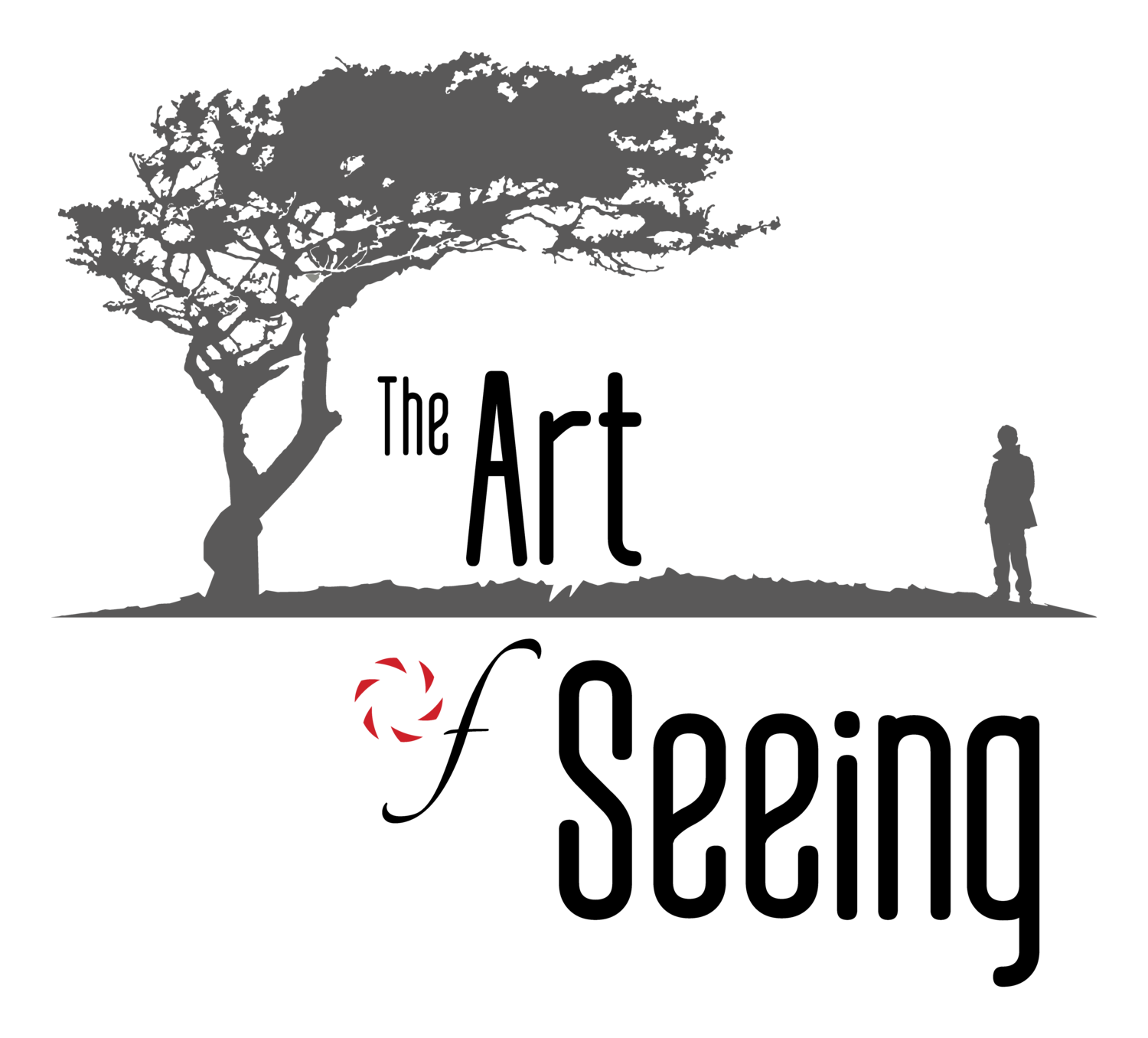Your Next Breakthrough Won’t Be Your Next Camera
“The most important part of any camera is the twelve inches behind it” -Ansel Adams
I’m in love with my Canon 5D MkIV. If Canon made a lighter, mirrorless version, I would have its babies. The ironic thing is that I wasn’t crazy excited about this camera when I bought it. I just figured it was a good move to upgrade and sell my MKIII before it lost too much value. I’m being 100% honest when I say I didn’t know how many megapixels my shiny new MkIV had for the first few weeks I owned it. It took even longer before I realized the rear LCD was a touchscreen. But, like I said, I’m in love. The low light capabilities of this camera are just stunning — I can’t believe how clean my night sky photos look! And features I didn’t even know I wanted, like Wifi, GPS, and the aforementioned touchscreen are big boons to my workflow. I can shoot a picture at ISO 6400 and post it to Instagram before I get back to my car. What could be cooler than that!
But none of these things really make my pictures better — not in the sense of creating more compelling compositions, or better capturing the feeling that caused me to make the photo in the first place. That’s because, as smart as they are now, no camera can tell you what to point it at. Who knows, with everything I’m hearing about AI, maybe my next camera will tell me, “no dummy, a little to the left!” but I kinda doubt it. The same goes for other elements of the craft aspect of photography, like rules, technique, and software. No rule of composition tells you where to stand. HDR doesn’t help you figure out which shadows or highlights are worth preserving. Lightroom filters and presets will never locate the essence of a landscape.
What are you polishing?
Don’t get me wrong, craft has its place in the image making process and it’s an important one. Who can deny that Photoshop can add pop to a picture? Or that HDR lets you capture massive dynamic range? And, like I said, the low light capabilities of modern cameras make possible images we couldn’t have dreamed of just a few years ago. Craft is critical… everyone should seek to master it. Craft is fully half of photography…but only half.
The Left Brain-Right Brain Thing
So now, as my favorite Eagle, Don Henley sang, we get to the heart of the matter. Everyone knows our brains are made up of two halves – the cold inner critic, Mr. Spock left brain and the all–loving, warmth and puppies, right brain. Well, it turns out that those concepts, as well as most left brain–right brain notions ingrained in popular culture are mostly garbage. Ask any neuroscientist. What is true is that our brains have (at least) two completely different ways of thinking, perceiving and processing information. Since I don’t really care where in our noggins these ways of thinking reside, and to distance myself from discredited theories, I’ll call these ways of thinking L-mode, for Logic mode, and C-mode for Creative mode (or See mode, get it ;-)?
L-mode is language based, it thinks in words and when it comes to photography, L-mode is the King of Craft. L-mode gets f-stops and shutter speeds. L-mode likes things organized and compartmentalized. L-mode is a slave to the Rule of Thirds.
C-mode is more conceptual/visual. It doesn’t use words. Its vocabulary is comprised of images, ideas, and emotions. C-mode knows if a picture is worth anything in milliseconds and doesn’t give a damn about rules.
Here’s the problem: a very important part of the image making process – not the part where you set the f-stop and shutter speed, but the part where you recognize the photographic potential of a scene and then wrangle the essence of it into a small rectangle, boils down to design. And L-modes sucks at design. L-mode thinks it’s a good designer, or at least it thinks it can substitute rules and generalities for design. As soon as you raise your camera to your eye, L-mode jumps in and says, “step aside, I’ve got this. This is a portrait, so we need to focus on the eyes. Then I’m going to meter off the skin and overexpose by one stop. The contrast range is a bit high, so I’ll bring in a fill light, etc, etc.” L-mode focuses on all of the technical details, but doesn’t really see the picture, or more accurately, it doesn't see this picture. L-mode sees a category of picture – portraits – and says,”Ok, with portraits I'm supposed to do this, this, and this”... and proceeds to do so without regard to how those things affect this picture. It focuses on the trees, but misses the forest.
“There are no rules for good pictures, only good pictures” - Ansel Adams
C-mode is just the opposite. C-mode is a natural designer. It grasps the gestalt of images instantly. It actually sees the whole picture and says, “yup, that works"….or, "nope, that sucks"…or, "oh wow, that’s amazing.” C-mode doesn’t reference anything external to the image itself because it doesn’t know or care about anything other than what it sees in that moment. C-mode doesn’t need a rule to know if an image is worthy or not because images are its native tongue.
Taking Refuge in the Technical
But C-mode Seeing doesn’t come naturally to a lot of us. It’s unfamiliar territory and we feel clumsy stumbling around in it. Often, we're just not sure if the composition in our viewfinder is really any good. The truth is that Seeing takes practice, a lot of practice. But, hey, it’s 2019 – we expect instant gratification, we don’t wait for anything. So, we settle for old lies and the shiny promises of shiny new things. But they don’t work - there’s no magic in thirds, why should there be? And be honest: are edge to edge sharpness or more dynamic range really the missing ingredients in your pictures? Not for me either, but that doesn’t stop me from checking the Canon Rumors site every morning ;-)!
Until Next Time
Thanks for reading. This is the second article in the Art of Seeing Manifesto series. Stay tuned for the next installment, Whole Brain Photography.



